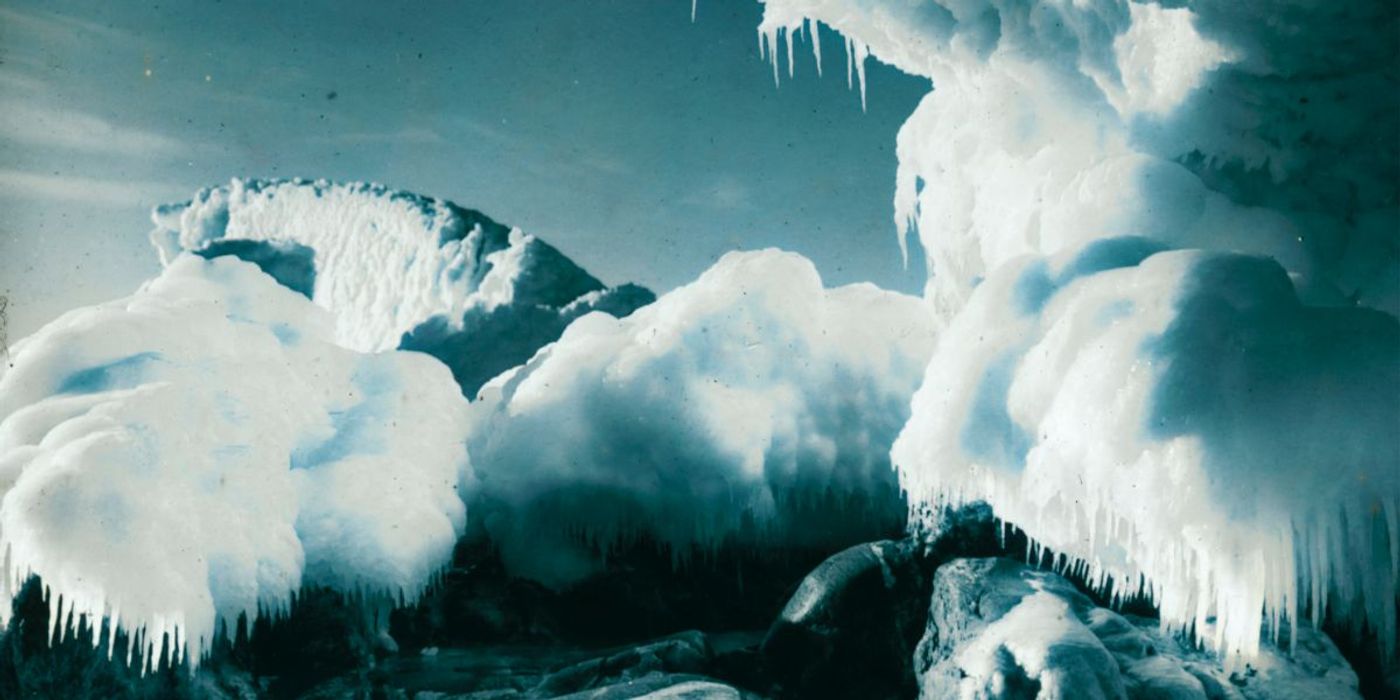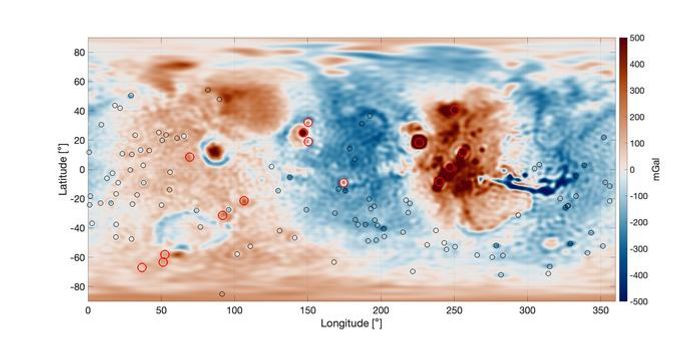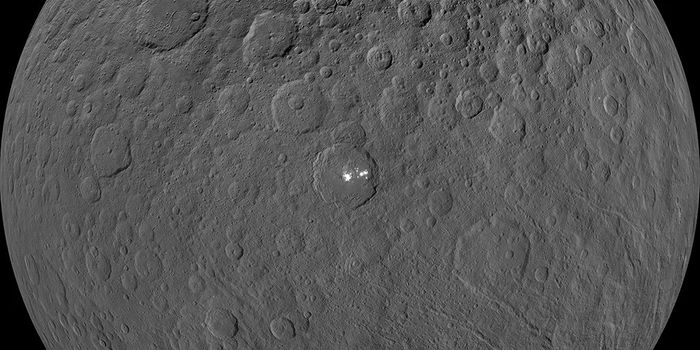Mars Was Shaped by Ice Sheets - not Rivers
Physicists have found that in the distant past, Mars may not have been warm enough to carry vast oceans. Instead, in new research, they have found evidence that the red planet may have been covered in ice.
"If you look at Earth from a satellite, you see a lot of valleys: some of them made by rivers, some made by glaciers, some made by other processes, and each type has a distinctive shape," says Anna Grau Galofre, lead author of the study in a statement "Mars is similar, in that valleys look very different from each other, suggesting that many processes were at play to carve them."
For the theory, Grau Galofre and her team analyzed maps produced by the Mars Orbiter Laser Altimeter, which studied Mars between 1997 and 2001. From the maps, the scientists developed a program that incorporated six different characteristics about over 10,000 valley segments and then compared each cluster with attributes on four different formation possibilities.
In doing so, the researchers found that 22 of 66 networks most likely came from meltwater running under a glacier. Meanwhile, another nine matched patterns formed by glaciers themselves, with 14 best matching patterns made by rivers. The rest of the patterns were not distinct enough to draw any conclusions.
The researchers also noted that the valleys all over the planet appeared to have been formed by meltwater running beneath glaciers. Those seemingly formed by rivers on the hand were generally found in Arabia Terra, an older region of the planet.
The scientists say that their new findings match well with recent theories suggesting Mars may have been colder in the past than previously thought.
"For the last 40 years, since Mars's valleys were first discovered, the assumption was that rivers once flowed on Mars, eroding and originating all of these valleys," says Grau Galofre. "We tried to put everything together and bring up a hypothesis that hadn't really been considered."
Sources: Space.com, EurekAlert









